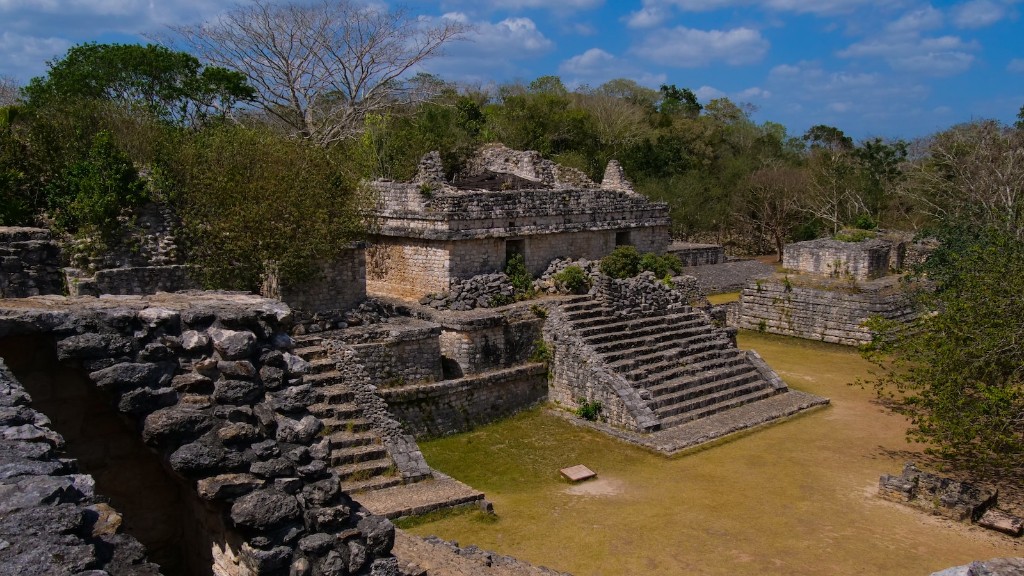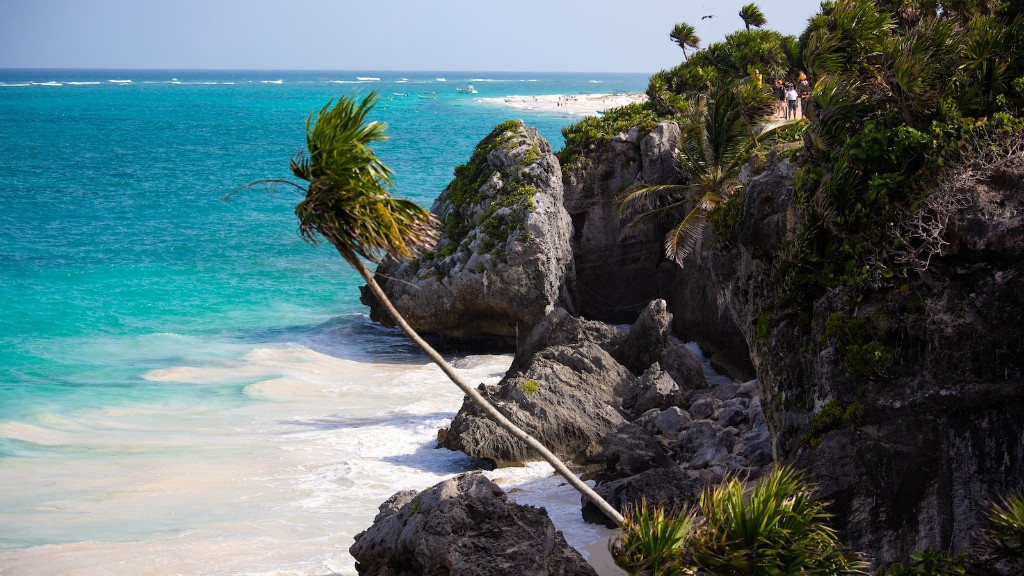Mayan Civilization Economic System
Throughout history, the Mayan civilization has captured the curiosity of scholars and enthusiasts alike. The economic system of the Mayans played a crucial role in their society, shaping their daily lives and supporting their vast empire spread across Mesoamerica. By examining their trade networks, agriculture practices, and social hierarchy, we can gain insight into how the Mayans sustained one of the most advanced civilizations of their era.
Trade Networks and Commerce
The Mayan civilization, despite its geographical limitations, developed extensive trade networks that facilitated the exchange of goods and ideas. These trade routes connected various regions within the Mayan world, allowing the flow of agricultural products, luxury items, and raw materials.
One of the key trade networks that the Mayans established was the coastline and riverine trade routes. Their access to the Caribbean Sea and the many rivers running through their territories made it possible for them to engage in maritime trade, both locally and with distant regions. This allowed for the importation of exotic goods like jade, obsidian, and cacao that were highly valued in Mayan society.
The Mayans also engaged in long-distance trade with other civilizations such as the Toltecs and the Teotihuacans. This exchange of goods and ideas contributed to the cultural and technological development of the Mayan civilization, as they adopted new agricultural techniques, metallurgy, and architectural knowledge.
Agricultural Practices and Resource Management
Agriculture was the backbone of the Mayan economy, providing sustenance for the population and surplus crops for trade. The Mayans practiced a sophisticated form of agriculture known as slash-and-burn or swidden agriculture. This method involved clearing sections of the forest, burning the vegetation, and using the nutrient-rich ash as fertilizer, allowing for successful cultivation.
The Mayans developed advanced irrigation systems to harness water resources efficiently. They constructed extensive canal networks, reservoirs, and terraces to optimize water distribution, particularly in areas with arid or unpredictable rainfall. This allowed the Mayans to adapt to varying environmental conditions and mitigate the risks associated with agriculture.
Furthermore, the Mayans cultivated a diverse range of crops, including maize, beans, squash, and cacao. Maize, in particular, held great significance in their culture and was considered a staple crop. The surplus production of maize played a major role in supporting the Mayan population and facilitating trade.
Social Hierarchy and Tribute System
The Mayan society was structured hierarchically, with a ruling elite at the top and a larger population of commoners below them. The economic system of the Mayans was closely tied to this social hierarchy, with the ruling elite extracting tribute from the commoners to maintain their position of power.
The tribute system involved the redistribution of goods and resources from the commoners to the elites. Commoners would provide tribute in the form of agricultural products, luxury items, labor, or military service. In return, the elites would provide protection, access to valuable resources, and social standing within the Mayan society.
This tribute system ensured the stability of the Mayan civilization and allowed for the construction and maintenance of monumental architecture, such as temples and palaces. The ruling elite acted as patrons of the arts, supporting skilled artisans, architects, and craftsmen who created the intricate artwork and exquisite craftsmanship for which the Mayans are renowned.
Technological Advancements and Infrastructure
The prosperous Mayan civilization achieved remarkable technological advancements, particularly in the fields of architecture, mathematics, and astronomy. These advancements were facilitated by their economic system, which provided the necessary resources for research, development, and construction.
The Mayans built grand cities with impressive architectural feats, utilizing their knowledge of engineering and construction techniques. The monumental structures, including pyramids and palaces, displayed the power and wealth of the ruling elite. The architecture also served as a tangible representation of the Mayan religious and cultural beliefs.
In addition to architecture, the Mayans made significant advancements in mathematics and astronomy. They developed an elaborate calendar system known as the Long Count, which allowed them to accurately calculate time and predict celestial events. These advancements in timekeeping and celestial observations greatly benefitted the Mayan agriculture practices and influenced their religious rituals.
Conclusion
The economic system of the Mayan civilization played a pivotal role in sustaining their remarkable achievements. From extensive trade networks to sophisticated agricultural practices, the Mayans maximized their resources and fostered cultural exchange. The social hierarchy and tribute system ensured stability and supported monumental construction, while technological advancements propelled them to new heights. The legacy of the Mayan economic system serves as a testament to their ingenuity, adaptability, and enduring impact on Mesoamerican history.



